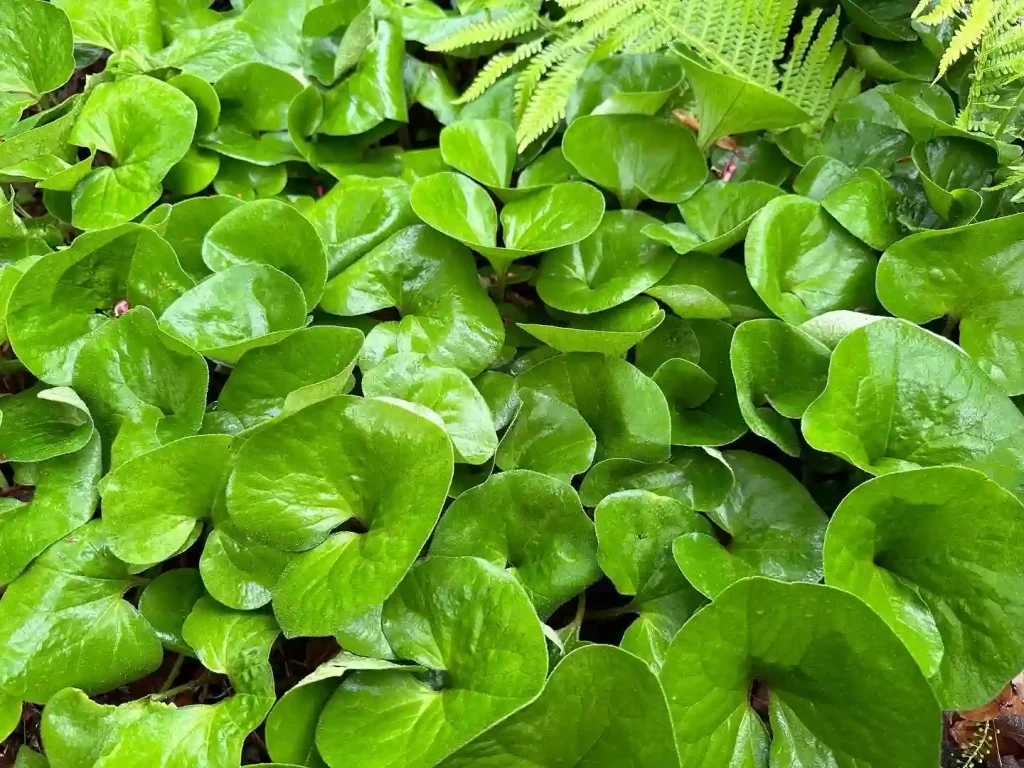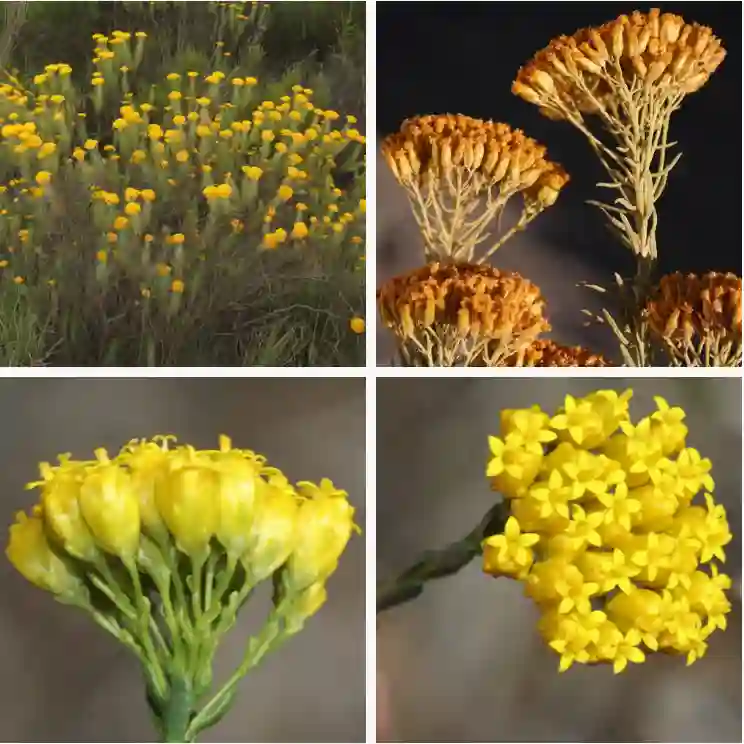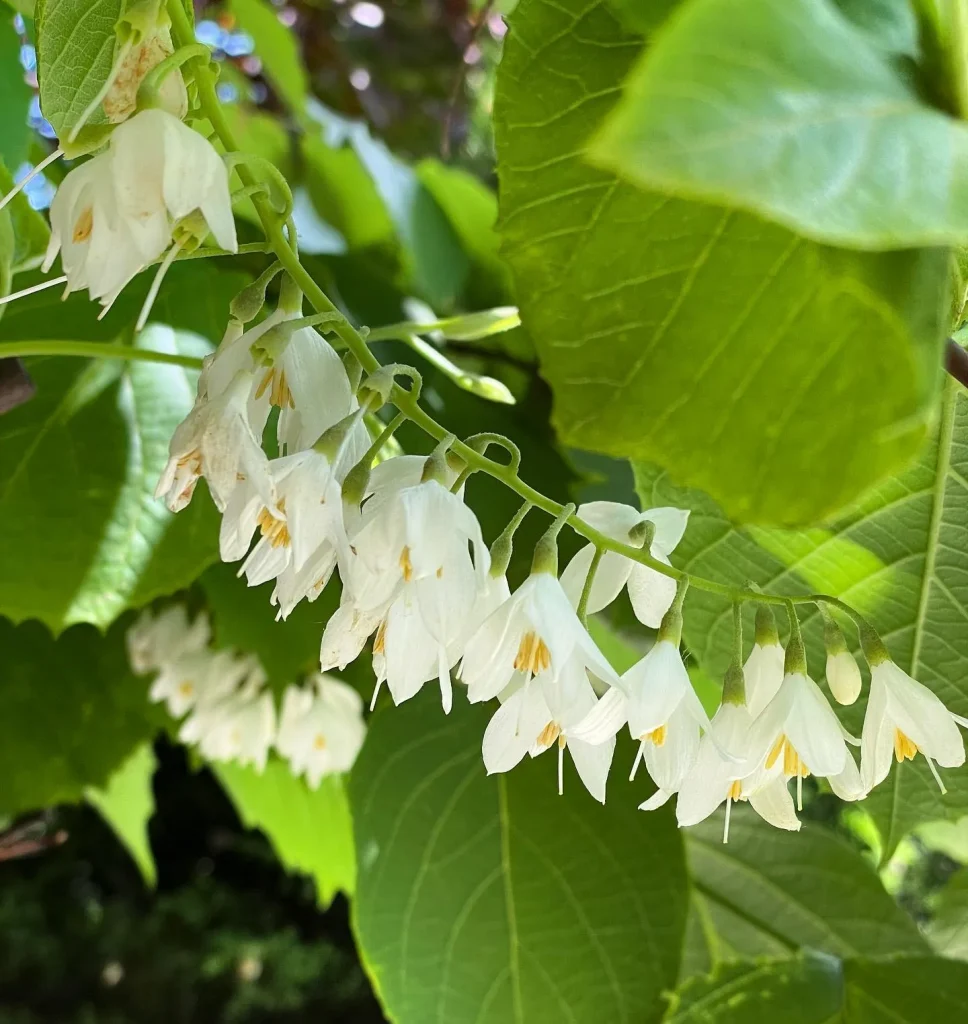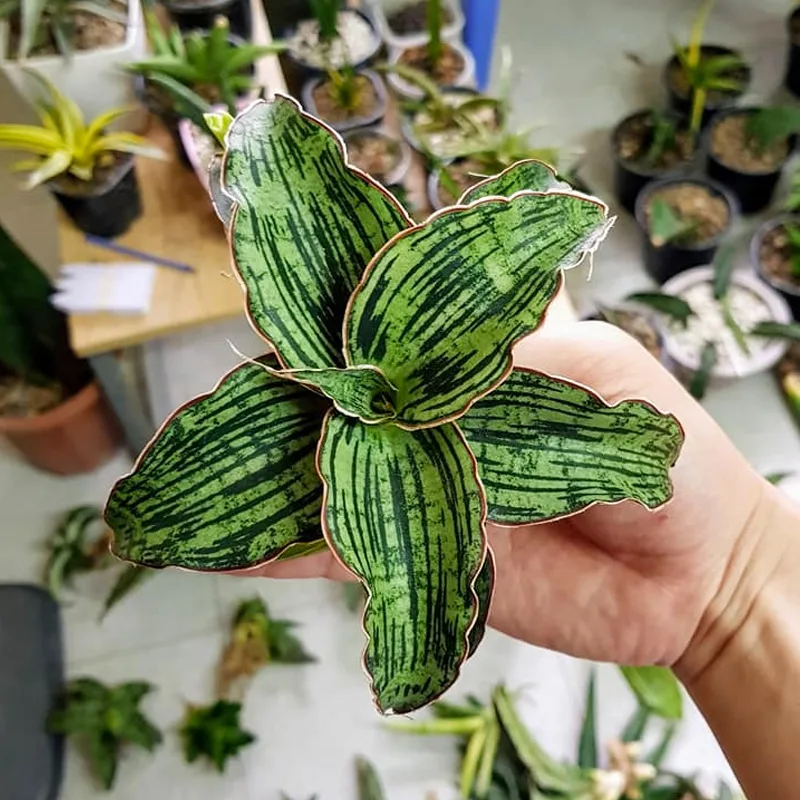Exploring the Petenaeaceae Family
When delving into the fascinating world of plant families, one group that stands out for its rarity and unique characteristics is the Petenaeaceae family. While this family isn’t as well-known as others like the Rosaceae or Fabaceae, it has its own charm, primarily due to the genus Petenaea, the sole genus in this family. I’ve found that diving into less-explored plant families like this one can be especially rewarding, particularly when you’re interested in botany or discovering unusual plants.
Understanding the Petenaeaceae Family
The Petenaeaceae family is a small family of flowering plants, consisting of just one genus: Petenaea. This genus, with its distinct characteristics, thrives in tropical regions of Central America. It’s not a family that will pop up in everyday gardening conversations, but that doesn’t make it any less intriguing. In fact, it’s precisely the obscurity of families like these that makes them so appealing to explore. If you’re a plant enthusiast who loves to uncover hidden gems in the plant world, the Petenaeaceae family offers a rare opportunity.
Discovering the Petenaea Genus
The genus Petenaea is the sole representative of its family, and while it’s not a large genus, it carries significant botanical interest. The species Petenaea cordata is the most recognized within this genus. This species is native to Guatemala and southern Mexico, thriving in the tropical climates that define much of Central America. If you’ve ever found yourself trekking through a humid forest in these regions, you might have unknowingly passed by this unassuming plant.
What makes Petenaea cordata so interesting is its unique foliage and fruit. The plant typically has heart-shaped leaves, which is reflected in its name “cordata,” meaning heart-shaped. The fruit is small, dry, and not particularly showy, but for those with an eye for botanical detail, this plant’s subtle beauty is undeniable. It’s also fascinating how such a small, seemingly inconspicuous plant can belong to its own family. The Petenaeaceae stands as a testament to the incredible diversity of plant life on our planet.
Ecological Significance of Petenaeaceae
As I’ve learned more about this family, I’ve realized that its ecological role may be small, but it’s vital to the ecosystems it inhabits. The Petenaeaceae family doesn’t boast a wide range of species like some larger families, but its members still play a role in their native habitats. Petenaea cordata, for instance, contributes to the biodiversity of the tropical forests where it grows.
In regions like Guatemala and southern Mexico, every plant has a purpose, whether it’s providing shade, contributing to the soil quality, or serving as food for local wildlife. Though Petenaea cordata may not be the first plant you notice in the tropical forest, it’s an integral part of the intricate web of life that sustains these ecosystems.
The Rarity and Conservation of Petenaeaceae
Given the rarity of the Petenaeaceae family, it’s worth considering its conservation status. As is the case with many plants native to tropical forests, deforestation poses a significant threat to their survival. While Petenaea cordata isn’t currently listed as endangered, the destruction of its native habitat could potentially lead to a decline in its population.
For plant lovers like myself, the conservation of rare families like Petenaeaceae is crucial. Losing any plant family means losing a piece of our planet’s biodiversity. It’s a reminder that even the plants we might overlook or take for granted play an important role in maintaining the balance of nature. Supporting conservation efforts in tropical regions is one way we can help preserve these botanical treasures.
Why Petenaeaceae Matters to Plant Enthusiasts
For someone like me, who’s constantly seeking out new and interesting plants, the Petenaeaceae family represents a hidden gem in the plant world. Its rarity, combined with its limited geographical range, makes it an exciting subject for botanists and plant lovers alike. If you’re someone who loves to discover lesser-known plants, exploring the Petenaeaceae family is a great way to deepen your knowledge of tropical flora.
Not only does this family add to the rich tapestry of plant diversity, but it also highlights the importance of studying even the smallest, most obscure plant groups. The Petenaeaceae family is a reminder that every plant, no matter how rare or seemingly insignificant, has a story to tell.
Final Thoughts on Petenaeaceae
Exploring the Petenaeaceae family has been an eye-opening journey for me. While it may not be a family you see in your everyday garden, it holds a unique place in the world of botany. The Petenaea genus, with its heart-shaped leaves and tropical origins, offers a glimpse into the diversity and complexity of plant life in Central America.
For those of us who are passionate about plants, learning about families like Petenaeaceae is a reminder that there is always more to discover in the world of botany. Whether you’re a seasoned horticulturist or just someone with a curiosity for the plant world, taking the time to explore rare and obscure plant families can be incredibly rewarding.
By sharing this knowledge, I hope more plant enthusiasts will be inspired to look beyond the familiar and explore the hidden gems that make our planet’s biodiversity so rich and fascinating.
If i die, water my plants!



